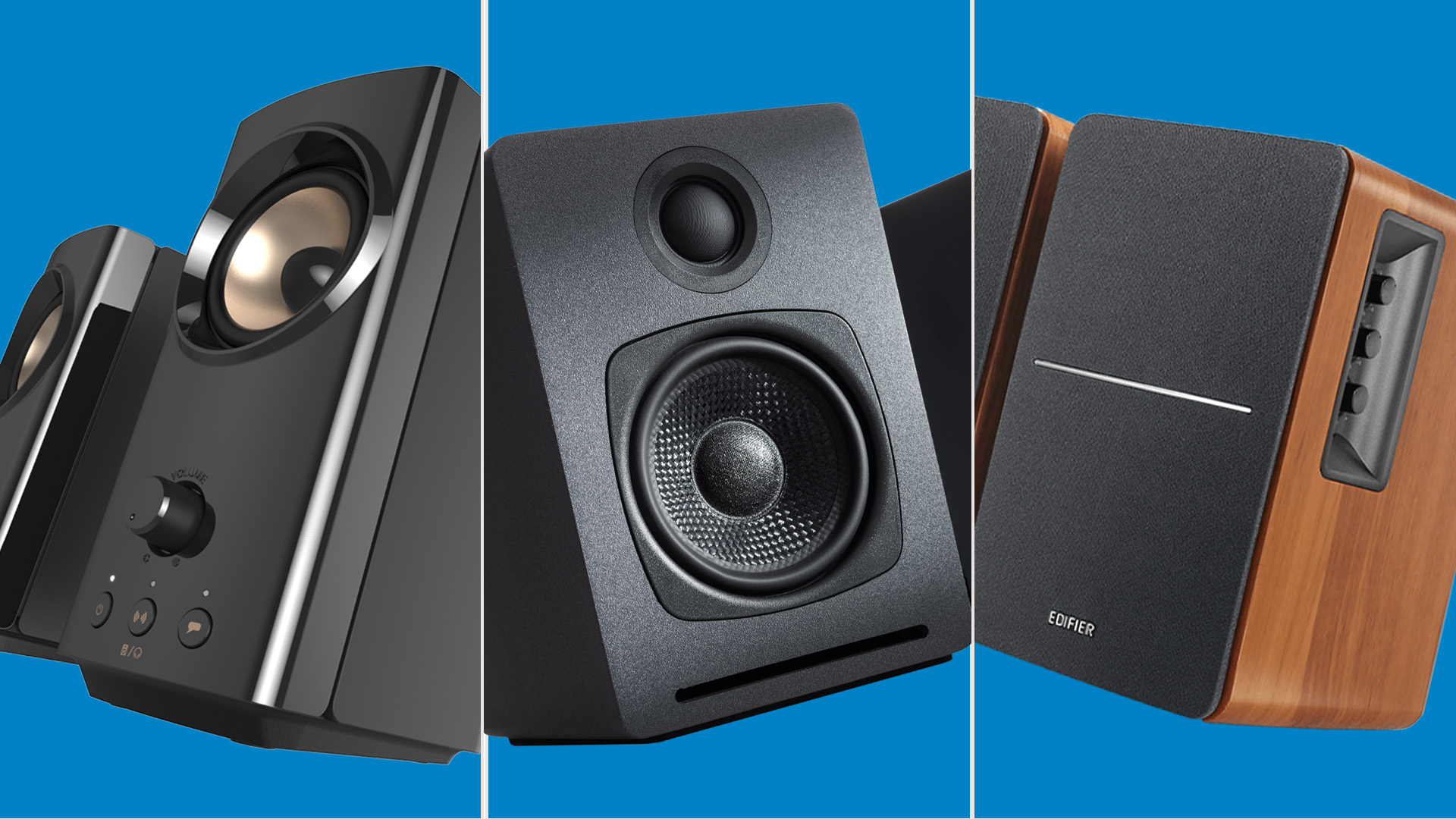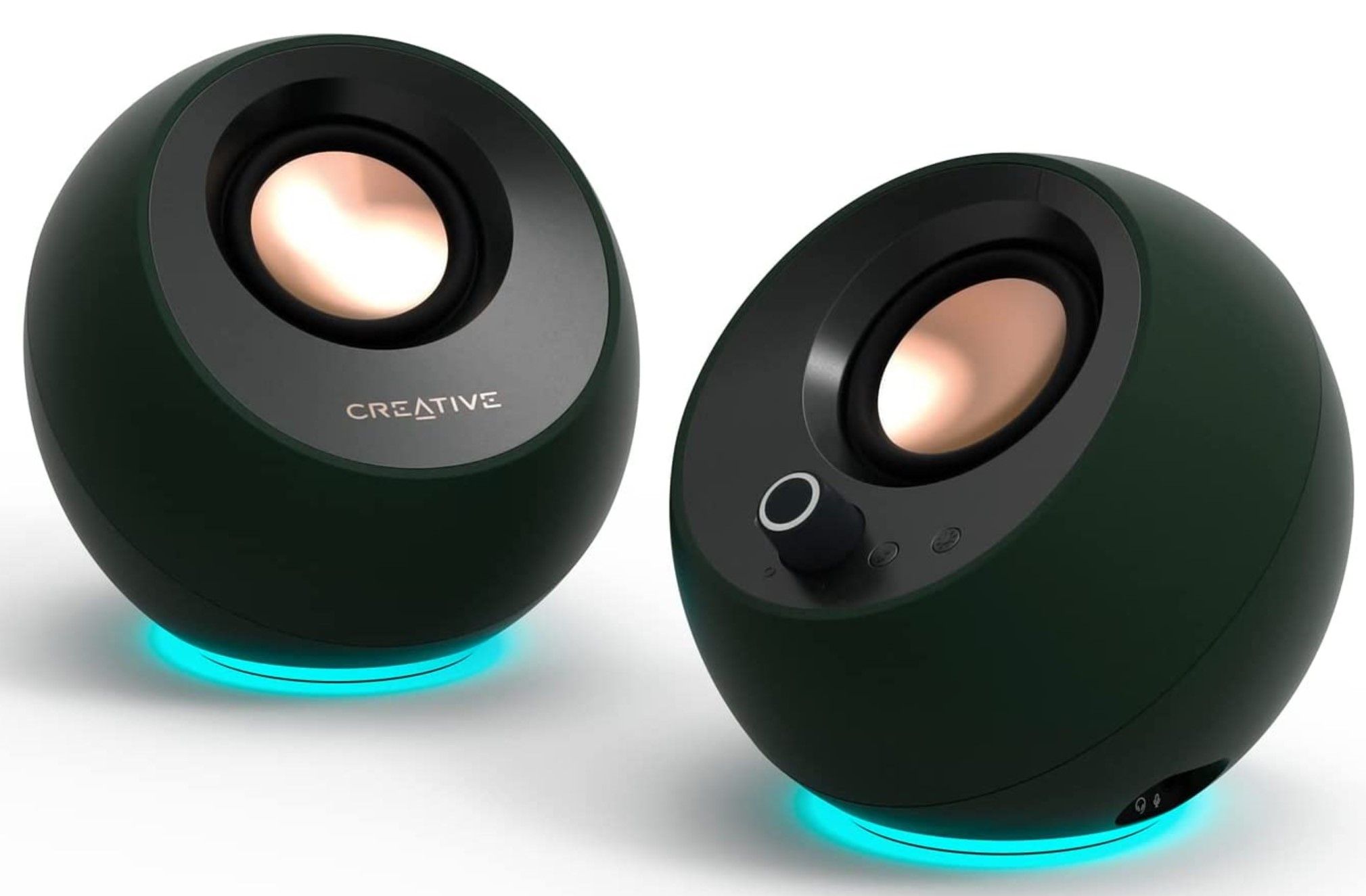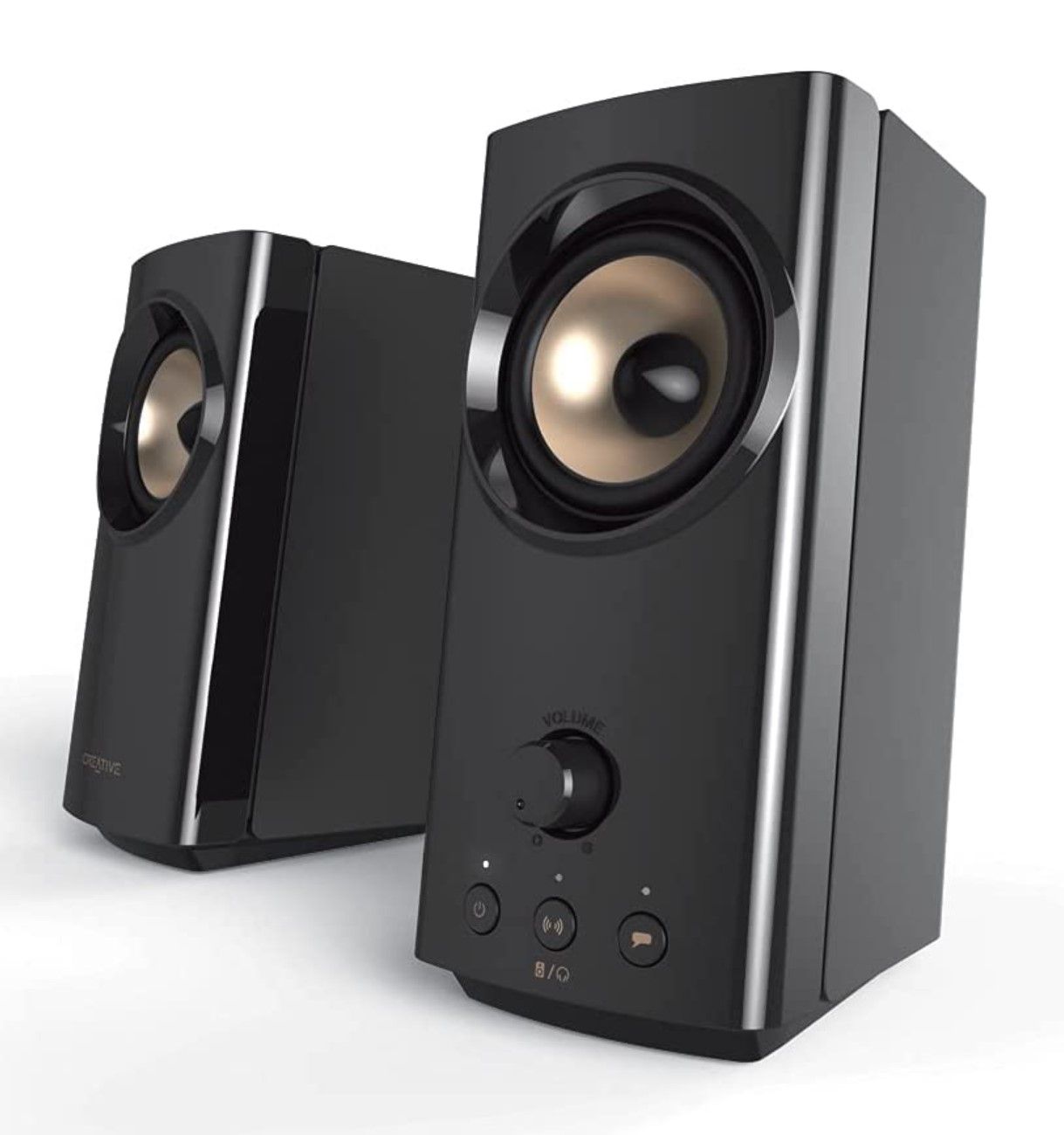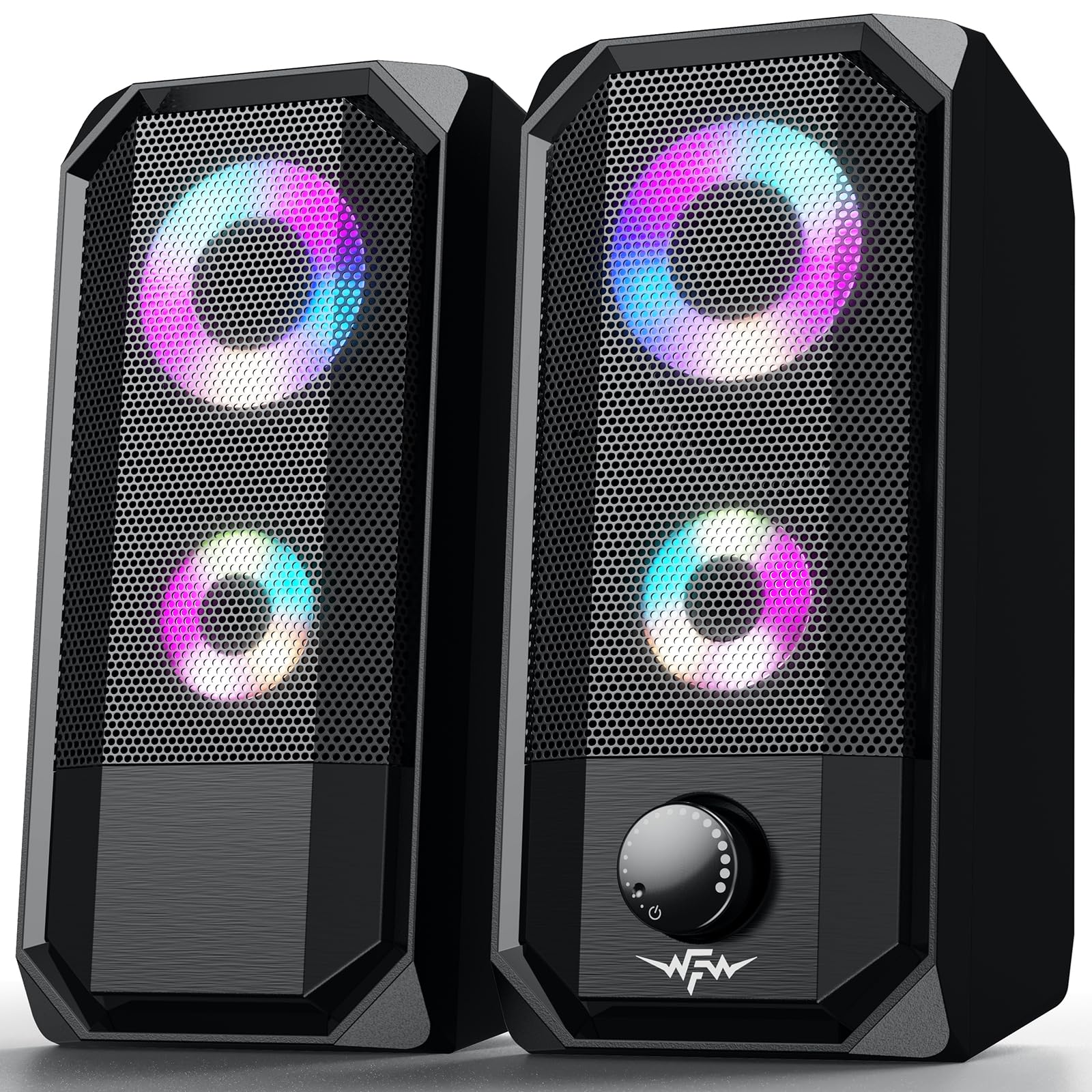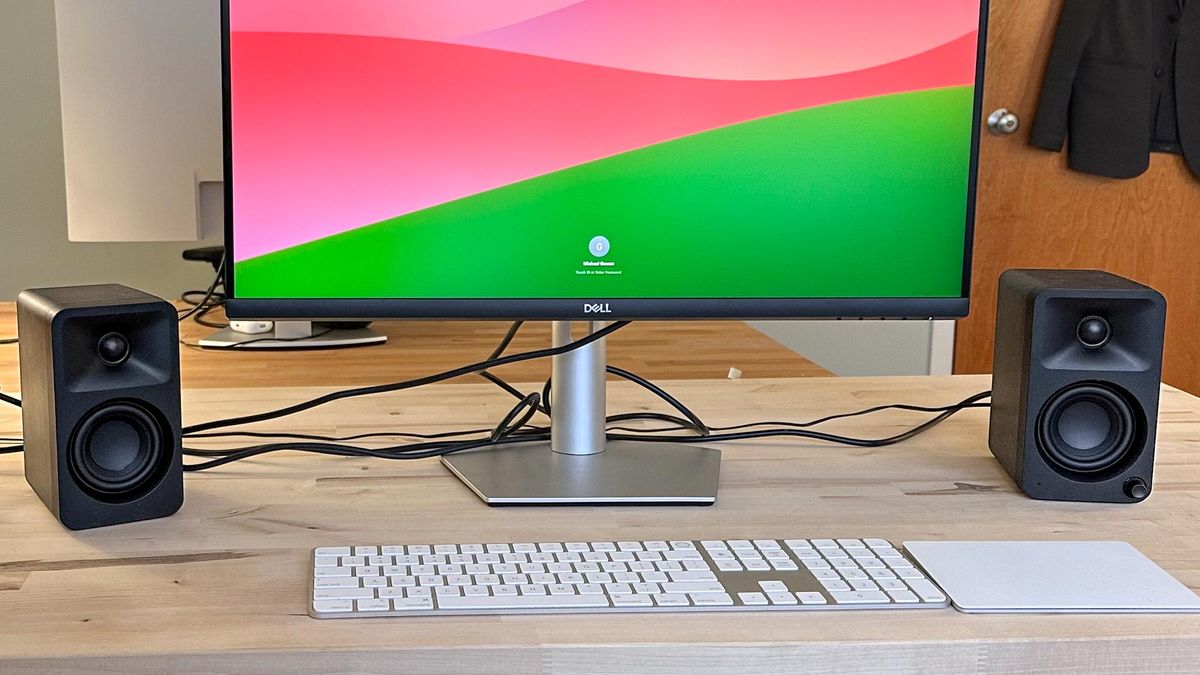Powerful Desktop Speakers
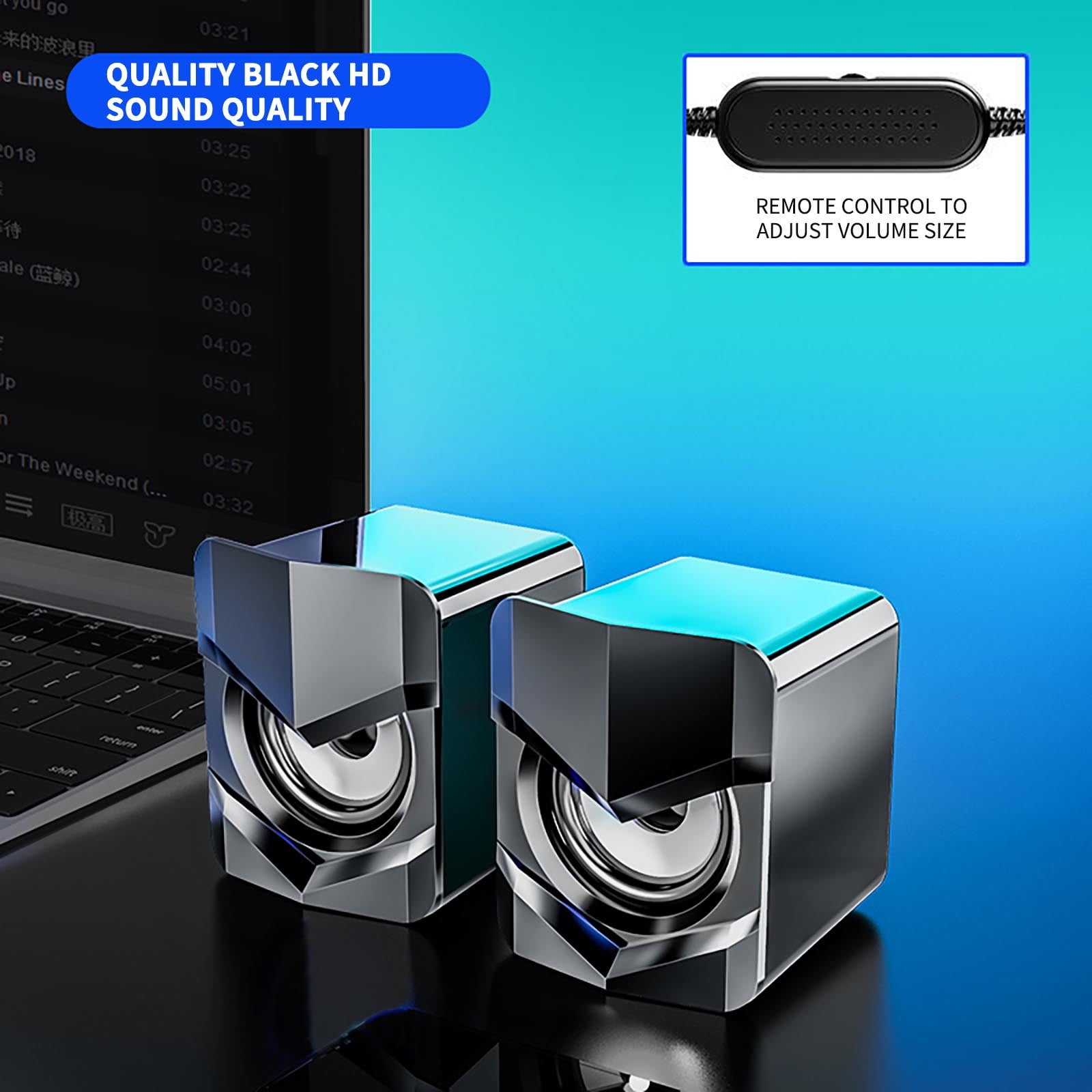
Tired of tinny laptop speakers or muddy Bluetooth audio? Upgrading to a set of powerful desktop speakers can transform your listening experience, bringing depth and clarity to your music, movies, and games. This review is tailored for value-conscious shoppers looking to maximize their audio investment without breaking the bank.
Desktop speakers matter because they provide a dedicated audio solution far superior to built-in options. They deliver a wider frequency range, higher volume levels, and a more immersive soundstage, enhancing everything from casual listening to critical audio work.
Shortlist: Desktop Speakers for Every Budget
Here are a few recommendations based on different price points and needs:
- Budget-Friendly: Edifier R1280T - Excellent value for money with a warm, balanced sound.
- Mid-Range All-rounder: Audioengine A5+ Wireless - Versatile connectivity and premium sound quality.
- Premium Performance: Klipsch RP-600M - Audiophile-grade clarity and powerful bass response.
Detailed Reviews
Edifier R1280T
The Edifier R1280T represents the sweet spot for budget-conscious buyers. These powered bookshelf speakers offer a surprisingly refined sound for their price, with a warm and pleasant tonal balance.
They feature two RCA inputs for connecting to a variety of sources, plus convenient onboard volume, bass, and treble controls.
Audioengine A5+ Wireless
Stepping up in price, the Audioengine A5+ Wireless provides a significant jump in audio quality and connectivity options. In addition to RCA inputs, they include Bluetooth connectivity for wireless streaming from your devices.
The A5+ Wireless delivers a clean, detailed sound with tight bass and clear highs. This makes them suitable for a wide range of music genres and multimedia applications.
Klipsch RP-600M
For those seeking audiophile-grade performance on a desktop, the Klipsch RP-600M is a standout choice. These passive bookshelf speakers require a separate amplifier, but the investment is well worth it.
The RP-600M features Klipsch's signature horn-loaded tweeter, which delivers crisp, dynamic highs and a wide soundstage. The result is a truly immersive and detailed listening experience.
Side-by-Side Specs and Performance Scores
Here's a comparison of the key specifications and performance scores for each speaker:
| Speaker Model | Type | Power Output (RMS) | Frequency Response | Connectivity | Sound Quality (out of 5) | Value (out of 5) |
|---|---|---|---|---|---|---|
| Edifier R1280T | Powered Bookshelf | 42W | 75Hz - 18kHz | RCA | 4 | 5 |
| Audioengine A5+ Wireless | Powered Bookshelf | 150W (75W per speaker) | 50Hz - 22kHz | RCA, Bluetooth | 4.5 | 4 |
| Klipsch RP-600M | Passive Bookshelf | 100W Continuous / 400W Peak | 45Hz - 25kHz | N/A (Requires Amplifier) | 5 | 3.5 |
Practical Considerations
Choosing the right desktop speakers involves more than just specs and reviews. Consider these practical factors before making your purchase:
Room Size: Larger rooms benefit from more powerful speakers with greater bass response. Smaller rooms can often be filled adequately by less powerful models.
Listening Habits: Do you primarily listen to music, watch movies, or play games? Different speakers excel at different tasks. Also, think about your preferred music genre.
Connectivity Needs: Do you need Bluetooth connectivity for wireless streaming? Do you require multiple inputs for connecting various devices?
Aesthetics: Desktop speakers are often visible, so choose a design that complements your workspace. Consider the color and finish.
Conclusion
Selecting the best desktop speakers for your needs requires careful consideration of your budget, listening habits, and practical constraints. Remember that specs aren't everything. Listen to the speakers if possible.
We've explored a range of options from budget-friendly to audiophile-grade, highlighting their strengths and weaknesses. Weigh these factors to make an informed decision.
Ready to upgrade your audio? Explore the recommended speakers and transform your listening experience today!
Frequently Asked Questions (FAQ)
Q: What's the difference between powered and passive speakers?
Powered speakers have a built-in amplifier, while passive speakers require a separate amplifier. Powered speakers are more convenient, while passive speakers offer greater flexibility and potentially higher sound quality.
Q: How important is frequency response?
Frequency response indicates the range of frequencies a speaker can reproduce. A wider frequency response generally translates to a more complete and detailed sound, especially in the bass and treble frequencies.
Q: Do I need a subwoofer for desktop speakers?
Not necessarily. Many desktop speakers provide adequate bass response for most listening needs. However, a subwoofer can enhance the low-end frequencies, especially for bass-heavy music or movies. The use of a subwoofer is up to the user's taste.
Q: What does RMS power output mean?
RMS (Root Mean Square) power output indicates the continuous power a speaker can handle without distortion. Higher RMS power generally translates to louder and cleaner sound.
Q: How do I connect desktop speakers to my computer?
Most desktop speakers connect to your computer via a 3.5mm audio jack or RCA cables. Some also offer USB or Bluetooth connectivity.


